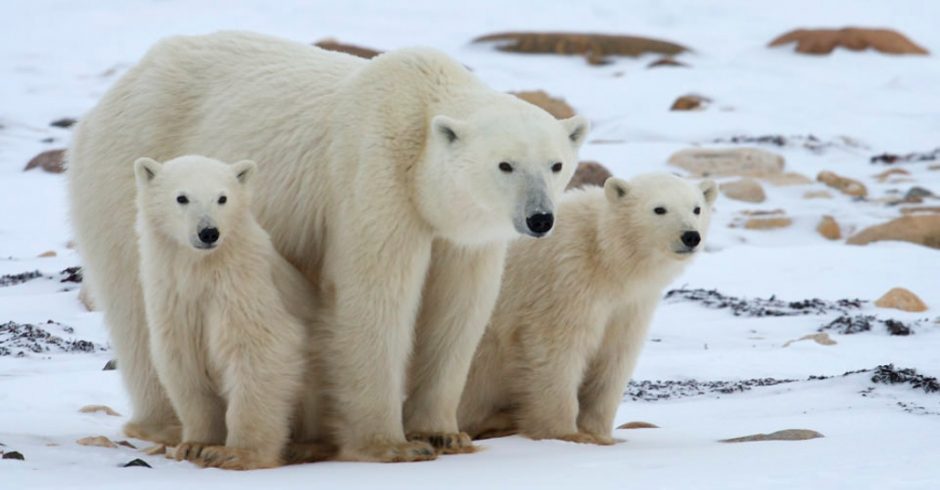
What’s in my Camera Bag? Polar Bear Photography
Although it’s just now feeling like summer, I can’t help but think what’s awaiting us this fall in Churchill, Canada—the annual migration of about a thousand polar bears, Ursus maritimus…The King of the Arctic. As a photo expedition leader for Natural Habitat Adventures, it’s one of the photo tours I look forward to most each year. And as a result, I’m pleased to share here my tips on what to bring with you to photograph such a spectacle.
Please note, photographic styles vary, as do conditions on the ground. While this is meant to be a guide for choosing your camera gear, you should consider your own photographic interests first and foremost.
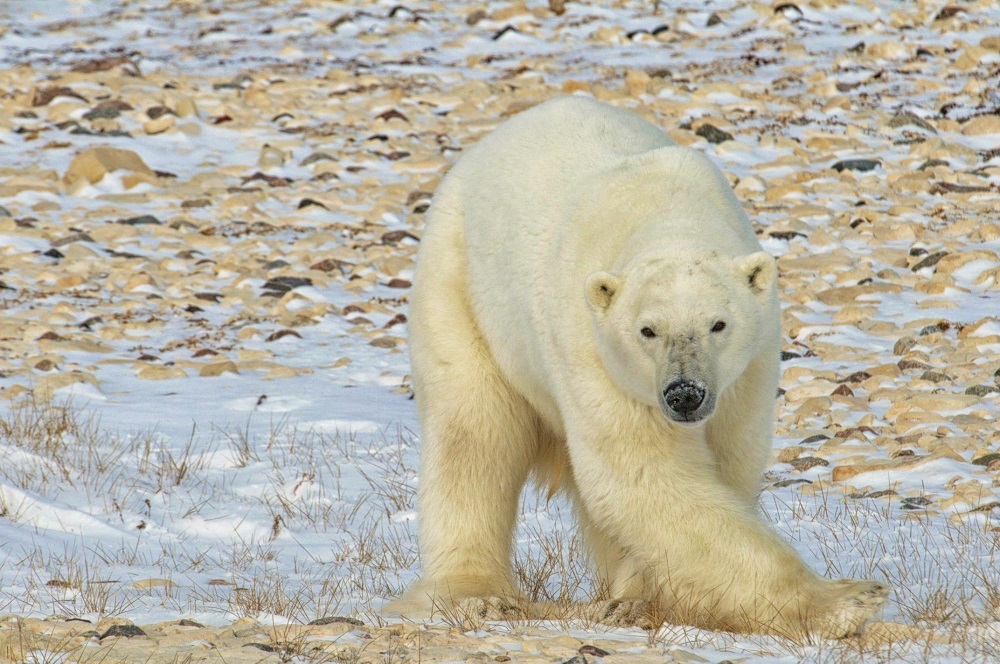
Wide Angle Zoom
You really can’t go anywhere without this “walking around lens.” This is your standard landscape and travel photography lens—generally ranging in the 18-55mm for crop frame cameras and 24-105mm for full frame cameras (or something close to these). For mirrorless, it depends on the crop factor, but you’re generally looking at something like a 7 to 20mm or whatever gets you in the 24-105mm full frame equivalent.
This category of lens isn’t going to get you super close to the animal, but they are essential to have for landscape photos of the tundra, along with general travel photos to help you document this polar bear adventure.
This is a must bring in my opinion.
Zoom Telephoto
This is the other highly essential category of lens to bring with you on a polar bear expedition. Amazingly, we can often get quite close to these massive animals. Or should I say, we position our safari vehicles to allow the bears to be comfortable with us, and they could walk right across our path, or come even closer for a look. But generally think about what focal length you’d want for photographing an animal from 25 to 50 yards away. As I said, you could get a lot closer, but it’s best to think conservatively when planning your camera kit.
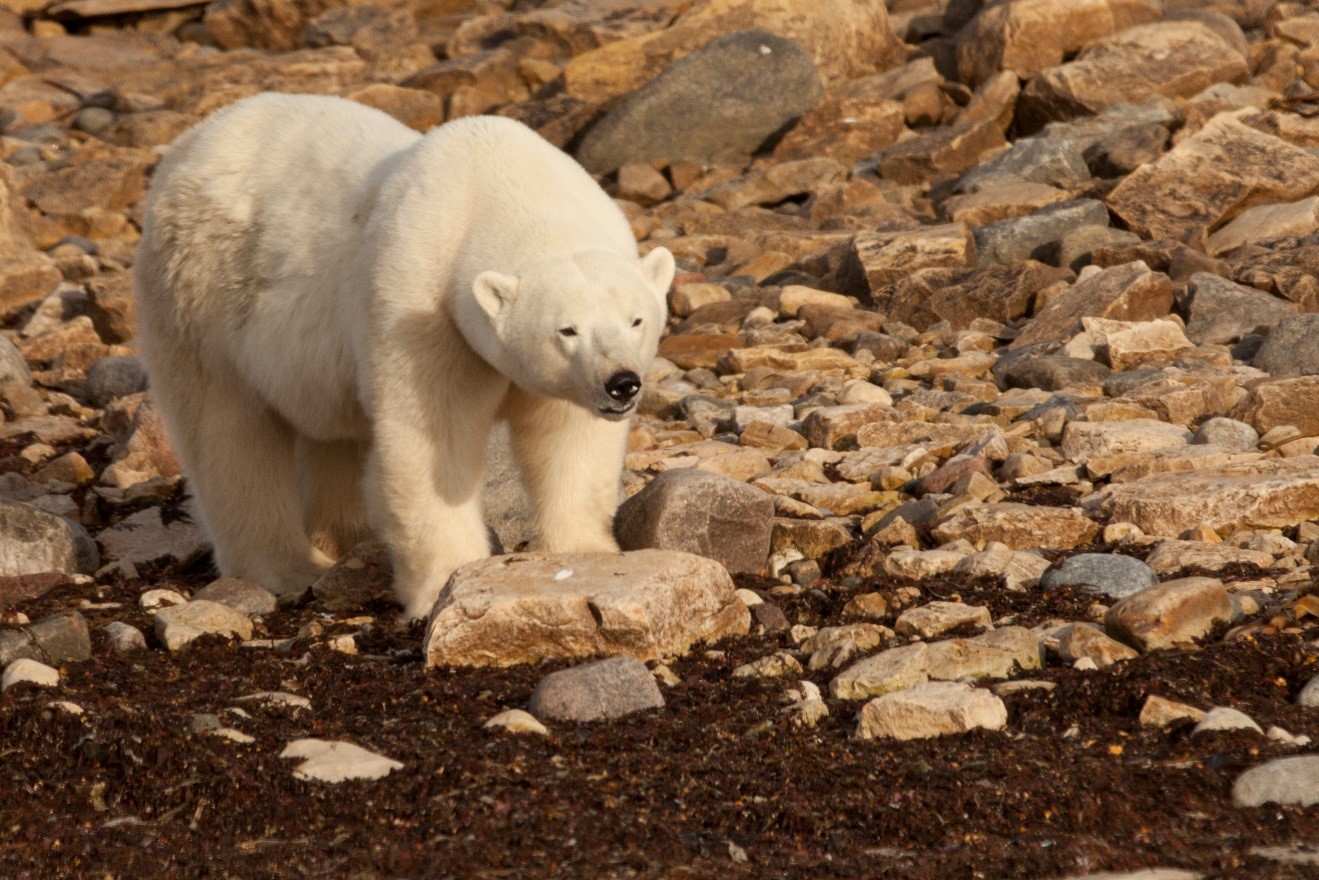
My go to is something like a 100-400mm full frame equivalent. This means that if you have a standard Canon or Nikon crop frame, a 70-300mm will do the trick. However, there’s an old adage with wildlife photography that rings true—you never really have enough zoom. Even if you lugged an 800mm along with you, there would still be shots you just can’t quite get. Thus, it’s really a balance of lens size, cost, and versatility. Something that gets me to the 400mm range is great. However, as I write this, there are new lenses from companies like Nikon, Sigma, and Tamron that are coming out with stellar 200-500mm and 150-600mm lenses. These are wonderful “safari lenses” and will certainly do great up in the arctic for a polar bear photo expedition.
Super telephotos
The aforementioned 200-500mm and 150-600mm lenses are technically super telephotos, but because they have a nice zoom range I don’t really classify them as a classic “super telephoto.” When I think super telephoto, I’m thinking more of the big prime lenses, like the 300mm f/2.8, 500mm f/4 or even the 600mm f/4 lenses that the big camera manufacturers make.
Rest assured, these are amazing lenses, but they have a formidable price tag attached and they’re not for everyone. However, if you have one of these, or are thinking about purchasing or renting, you won’t be disappointed.
When it comes to light on the tundra, you generally aren’t too limited, as there is generally a decent amount of daylight, even if through abundant clouds as winter weather begins to roll in. However, those maximum apertures of f/2.8 and f/4 do make for wonderful portraits of wildlife, hence their appeal.
Worth bringing if the price doesn’t scare you off.
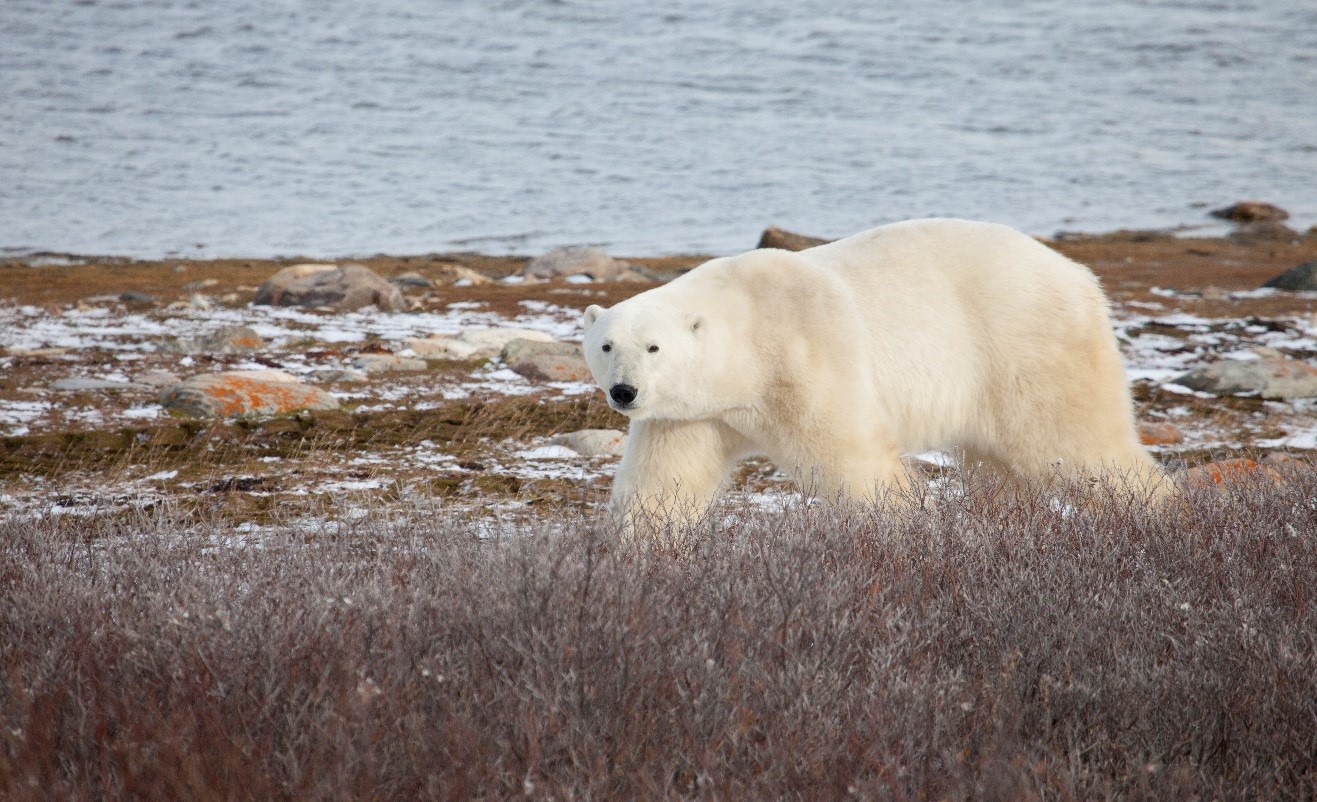
X-factor Lenses
If you read my article on X-factor lenses you’ll learn a bit more than I can jot down here. But in short, an x-factor lens is something that’s not critical or widely useful for a particular photo expedition, but is really nice to have. You may only use it for 5% of your shots, but it could get you one of your favorite photos of the trip. You know, it’s the x-factor!
For photographing in and around Churchill, I absolutely love my nifty fifty, which is a 50mm f/1.4 prime lens. There is actually quite a bit of cultural photography you can do, and having that shallow depth of field is really effective for getting a little artsy with your photography.
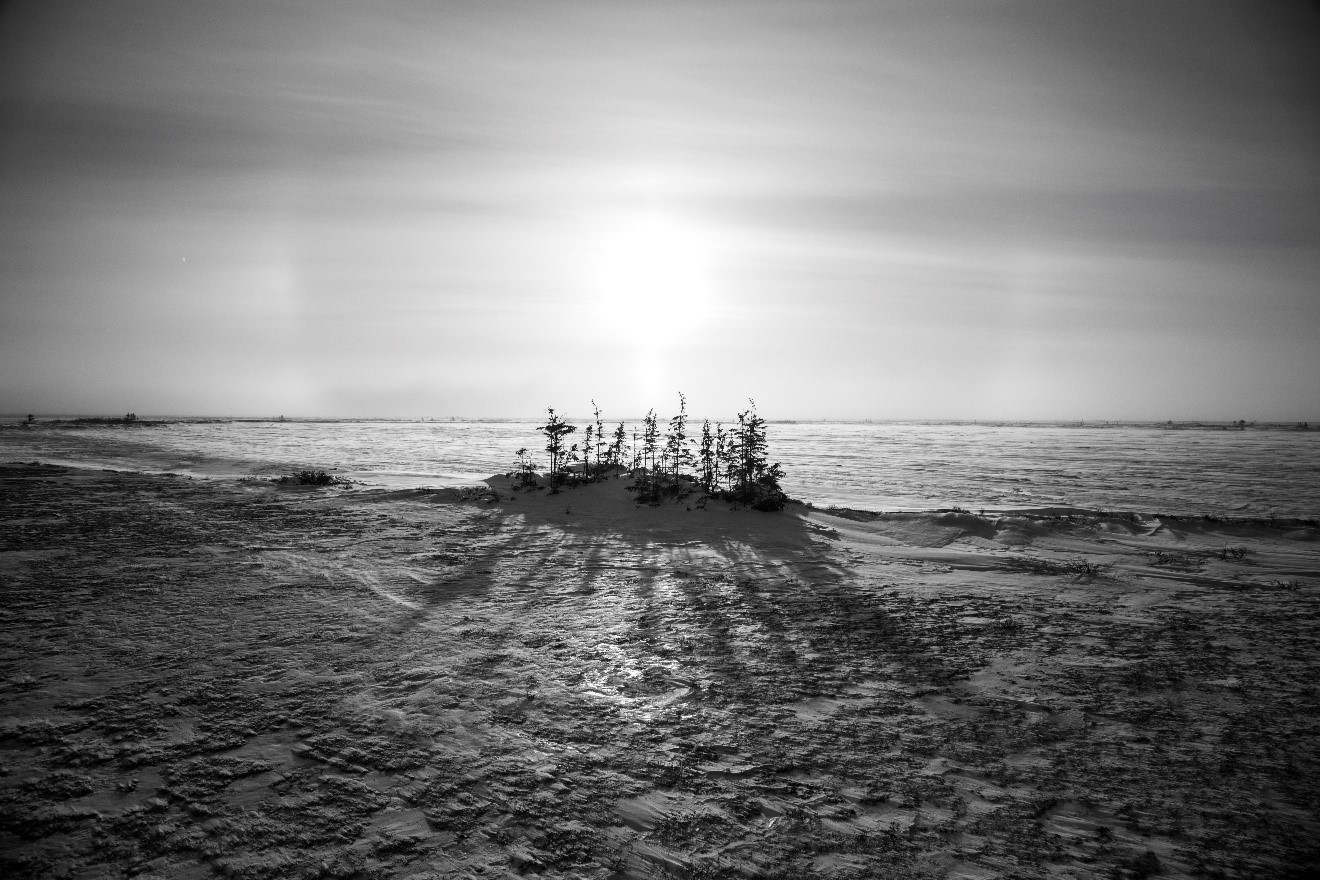
The other x-factor lens to consider is a fast ultra-wide lens if the northern lights should appear. They are generally quite rare to see at this time of year, primarily because of the standard cloud cover in Churchill during the fall (winter in Churchill is the best season for northern lights photography). However, if they do come out, and you’re an avid photographer, you won’t want to miss them.
Generally I like to aim for something like a 16-35mm f/2.8 lens (full frame equivalent). However, if you don’t have something that is BOTH fast and ultra wide, I always prioritize the ultra-wide aspect first. That is, go for something like a 17-40mm f/4 or a 10-22mm f/4.5 if you must. Don’t bother with a 35mm f/1.4, as you really need the lens to be ultra-wide to capture the brilliance of the aurora.
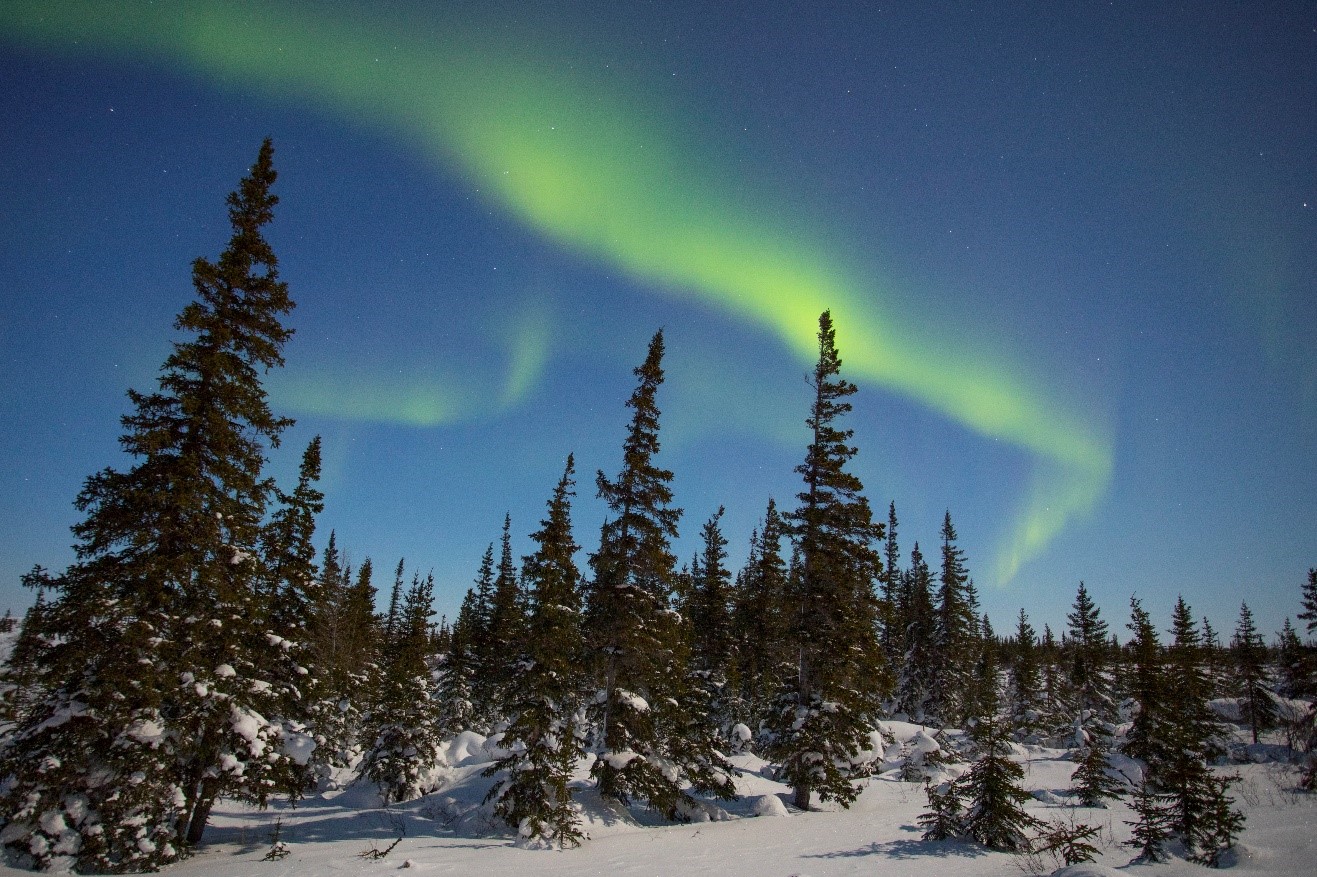
Accessories and other gear
Because of the cold, batteries drain quicker than you’d expect. Plan on having a couple extra batteries in your pocket (in your pocket because that helps keep them warm). And you’ll of course want to have plenty of camera memory. If you’re luck enough to see polar bears sparring, it’s a great time to put your camera on burst mode or on video mode, which uses lots of memory. Plan on 500-1000 photos a day if you’re an avid photographer.
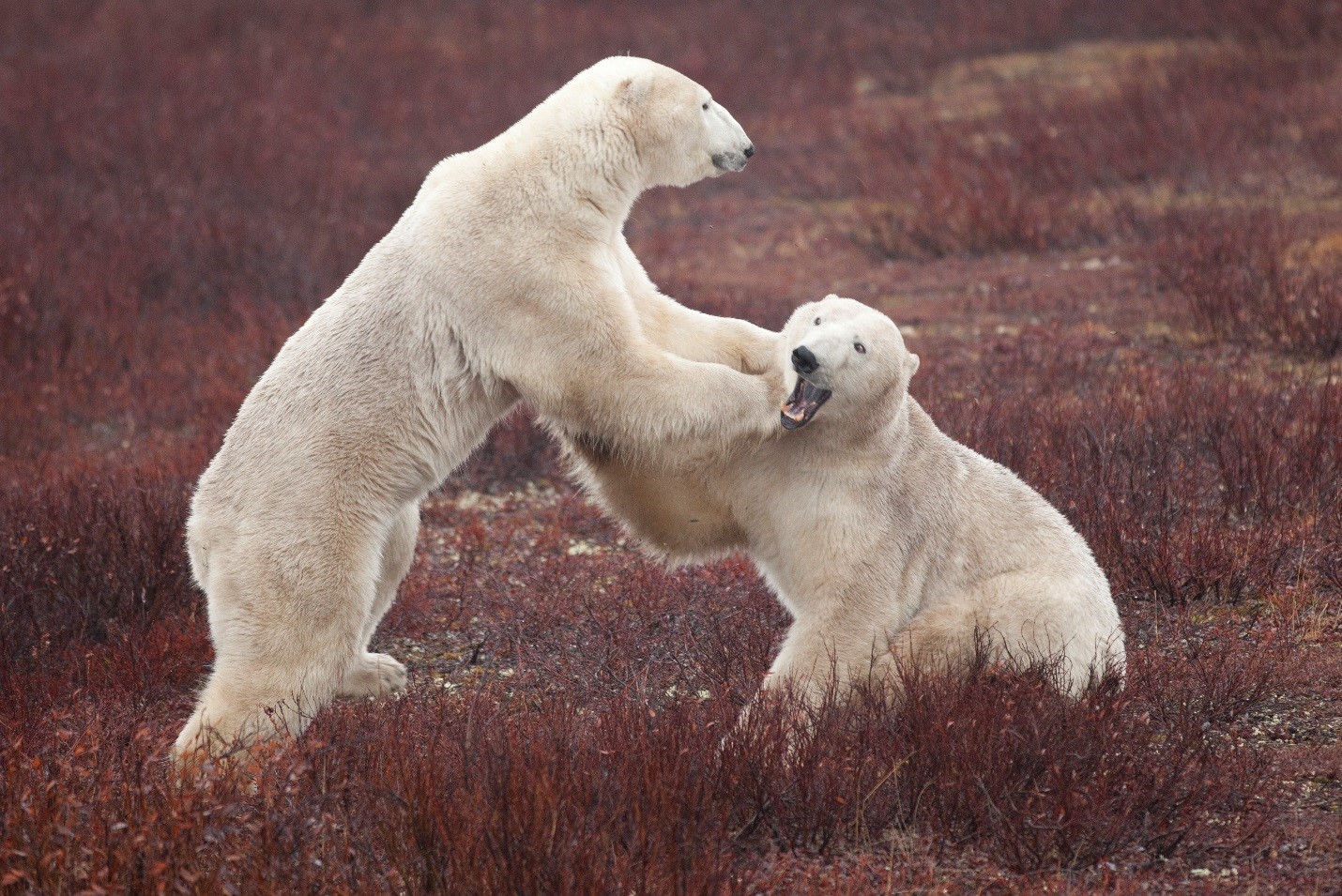
Tripod
For most photography of polar bears, a tripod will just be in the way and cumbersome to deal with. It’s far more preferable to shoot hand held, or to brace your lens on the window vs. setting up a tripod inside the polar rovers. Trust me, it’s just a plain hassle. However, if you do have a massive prime lens, like a 500mm f/4 or 600mm f/4, you may have no other choice than to use a tripod due to their size.
The main reason you may want a tripod on the trip with you is in case the northern lights show up. You simply cannot hand hold for the 5 to 15 seconds needed for a proper exposure. I know it’s a lot of extra weight and space for something you may not actually use during the trip, but again, if the lights show you’ll be so happy you have one.
If you’re headed up on a polar bear photo adventure this fall I hope to run into you up in Churchill!
And if you have your own thoughts or personal advice on lenses for arctic and polar bear photography, please do leave a comment below!
All the best,

Court
2 Comments

Eric Leigh
December 4, 2020 at 3:42 pm

Court Whelan, Ph.D.
December 6, 2020 at 8:41 am
Court, so I’m new to photograph beside shooting with anything but a camera phone. I’m looking to get a new/used camera for wildlife on a limited budget (<$1500). I have noticed most of my nature walks are in low light or under forest canopies so a light low photo system is a must. And of course my decision is between getting a used Nikon d7500/d500 or begin with a mirrorless (the future). And I also want a camera for backpacking. So basically should I get a dslr and wait for a mirrorless? And if you suggest a dslr, what minimum level of dslr would you suggest? Thank you.
Hey Eric, great question! A couple years ago I probably would have still pointed you in the direction of the DSLR, however I think that it’s best to begin fresh with the newer, more future-proof mirrorless systems. My guess is that all manufacturers will not only go this way, but sooner than later will cease to produce lenses for traditional DSLRs (well, maybe they’ll still make the massive ultra-pro lenses, but entry level stuff will probably all be diverted to mirrorless). As far as which platform to choose, between Canon, Nikon, Sony, and Olympus (the main ones…fuji and panasonic are still very much in the game, too, but I’m just not familiar with them), I am personally a fan of Canon, but that’s just because it’s what I’ve been shooting on since the beginning. For smaller, less costly options, Olympus is really leading the way. If I were you, I’d check out “crop frame mirrorless cameras” from Canon, Nikon, Sony, and Olympus and see if they meet your budget. My knee-jerk reaction is that the Olympus OM line will be closest to your budget and expectations. However, the more money you spend, the better they’ll do in low light. Nevertheless, the Olympus OM system will still be as good if not better than the Nikon d7500 line for low light. Thus, still very much a player. The final thing to think about is the Sony RX10 iv camera. It is mirrorless, but does not have interchangeable lenses. But it still does quite good in low light–about as good as any other crop frame DSLR or mirrorless out there. It would be my choice for backpacking, personally. Give these all a little look and let me know if you have any follow up questions I can help with!